Spread these Fluffy Buttermilk Raisin Scones with clotted cream and strawberry jam for the best English cream tea.
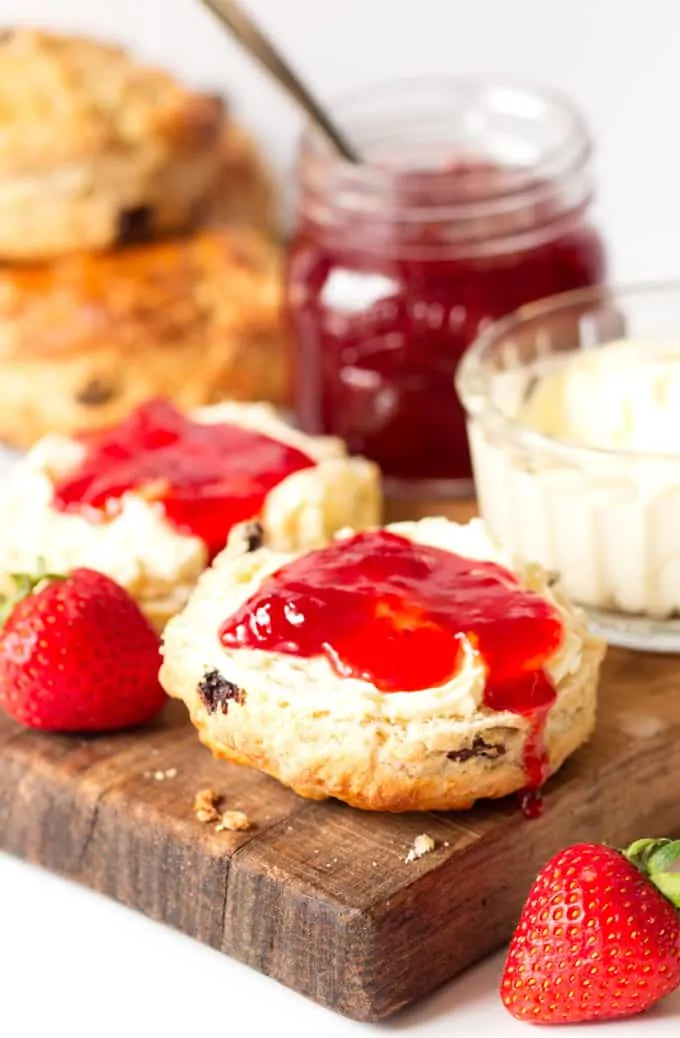 I’ve been a bit strawberry mad lately, so this is the last time you’ll see a hint of a strawberry for at least a week or two I promise!
I’ve been a bit strawberry mad lately, so this is the last time you’ll see a hint of a strawberry for at least a week or two I promise!
Besides, this isn’t actually a strawberry recipe. This is my classic scone recipe. Light and fluffy and packed with raisins, they really do taste fab with a nice cup of tea.
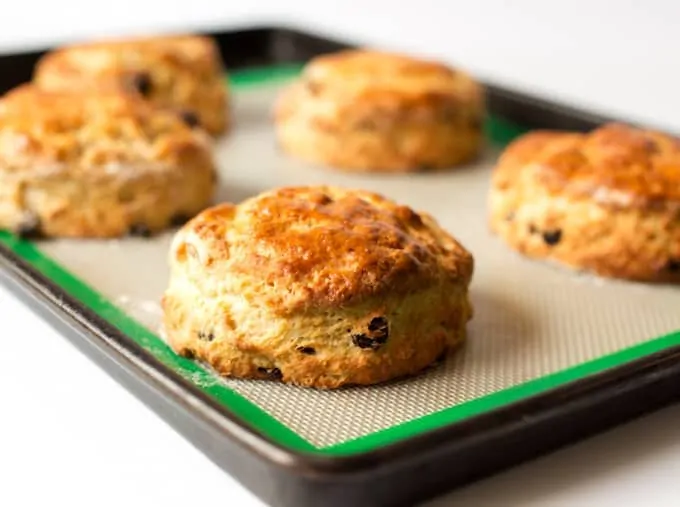
I made and photographed this recipe a couple of months ago for Craftberry Bush – Lucy Akin’s beautiful website that I’m thrilled to write for. Lucy is kindly allowing me to share any recipes that I write for her site on my blog too, so I couldn’t wait to get these yummy treats on here for you.
Before we get into the recipe though, I’m interested to know how you pronounce scones.
Scones as in ‘ones’ or scones as in ‘cones’. It’s an endless debate in our house, as I use the first pronunciation and Chris, pronounces it the second way. Neither of us will ever back down, and our poor kids have even started using it as a tool to get brownie points (‘mummy I love your sc-ones, please may I have one?’ Or ‘Daddy, it’s definitely s-cones isn’t it. Shall we watch Lego movie now?’).
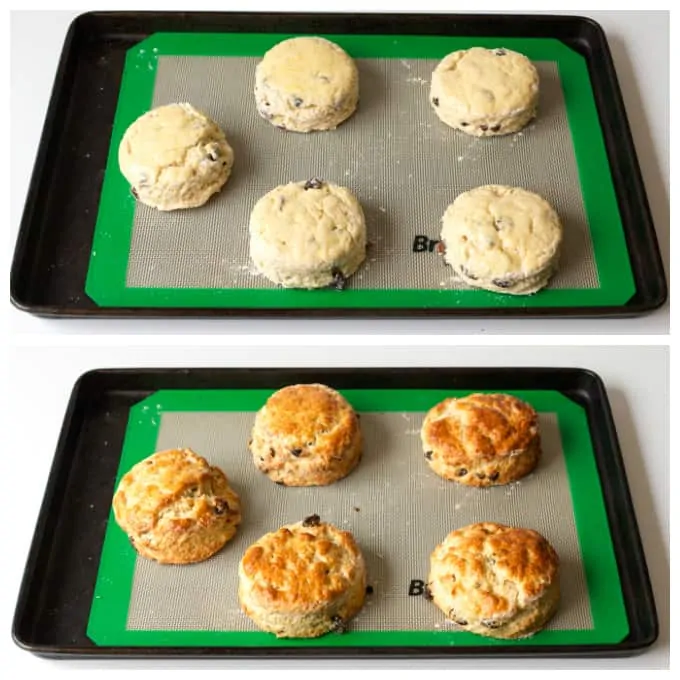
Of course that’s nothing to the age-old argument between Devon and Cornwall (the two southern UK counties that are most famous for selling the ‘cream tea’ as they call it). The population of Devon firmly believes that the clotted cream should be spread on first, followed by the jam (jelly). Whilst those from Cornwall go for jam first and then cream. You can see from the pictures whose side I’m on.
All of these arguments over a little cake (which you could actually argue is a sweet bread, rather than a cake…).
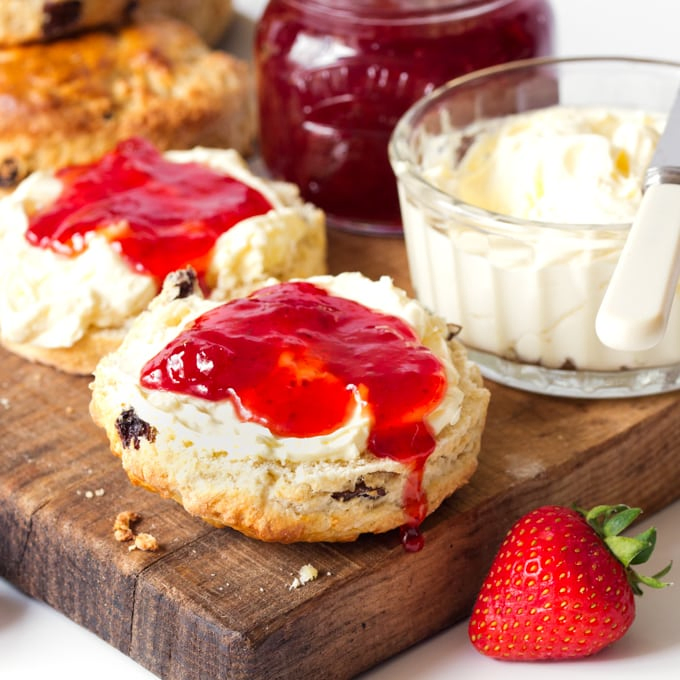
More Scone Recipes:
And check our my Cakes and Treats category for more sweet treat inspiration!
The Fluffy Buttermilk Raisin Scones Recipe:
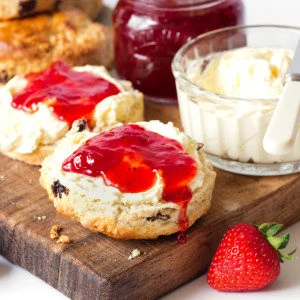
Fluffy Buttermilk Raisin Scones
Ingredients
- 450 g (3 3/4 cups) self-raising flour (if you can’t find self-raising flour, then replace with plain (all-purpose) flour plus 2 level tablespoons of baking powder and an extra ¼ tsp salt), plus extra for dusting
- ¼ tsp salt
- 100 g (7 tbsp) cold butter diced
- 85 g (1/2 cup minus 1 tbsp) golden caster sugar
- 150 g (3/4 cup) raisins
- 1 large egg
- 285 ml (1 cup + 3 tbsp) buttermilk
- 1 tsp vanilla extract
- splash of milk
Instructions
- Preheat the oven to 400F/200C (fan) and line a baking tray with baking parchment.
- Place the flour, salt, and butter into a large bowl and rub together with your fingertips until the mix resembles breadcrumbs.450 g (3 3/4 cups) self-raising flour, ¼ tsp salt, 100 g (7 tbsp) cold butter
- Add the sugar and raisins and give it a quick mix.85 g (1/2 cup minus 1 tbsp) golden caster sugar, 150 g (3/4 cup) raisins
- Break the egg into a small bowl, give it a quick whisk with a fork, and then pour it into the flour mixture – reserving 1 tbsp of it for glazing the scones later.1 large egg
- Add in the ¾ of the buttermilk and the vanilla extract and use a round-ended knife to work the mixture together. Add the rest of the buttermilk and work in gently until you have a soft, slightly sticky dough. Don't overwork, or you'll get tough scones.285 ml (1 cup + 3 tbsp) buttermilk, 1 tsp vanilla extract
- Tip out the dough onto a floured surface and flatten it out with your hands so that it's about 1” (2.5cm) thick. Use a round cutter (mine was 3” (8cm) in diameter) dipped in flour (to prevent it sticking) and cut out your scones. Make sure you just press the cutter down rather than twist it - otherwise, you'll get scones that rise a bit wonky. Gather the leftover dough, gently rework, and cut out the rest of the scones until all the dough is used.
- Place onto the prepared baking tray. Mix the reserved tbsp of egg with the splash of milk and brush the tops only (brushing the sides will impair the rising of the scones) with this mix and place in the oven for 12-15 minutes until golden brown.splash of milk
- Remove from the oven, leave to cool, and serve sliced in half with clotted cream and jam/jelly.
Notes
Nutrition
Nutrition information is automatically calculated, so should only be used as an approximation.
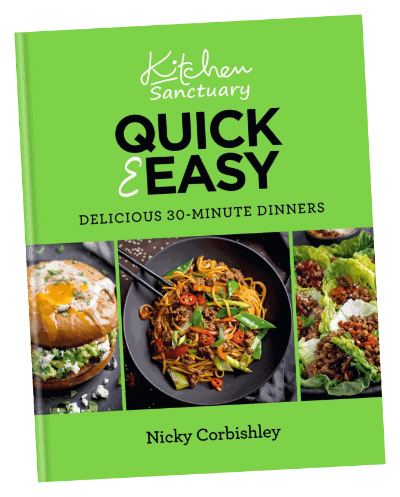

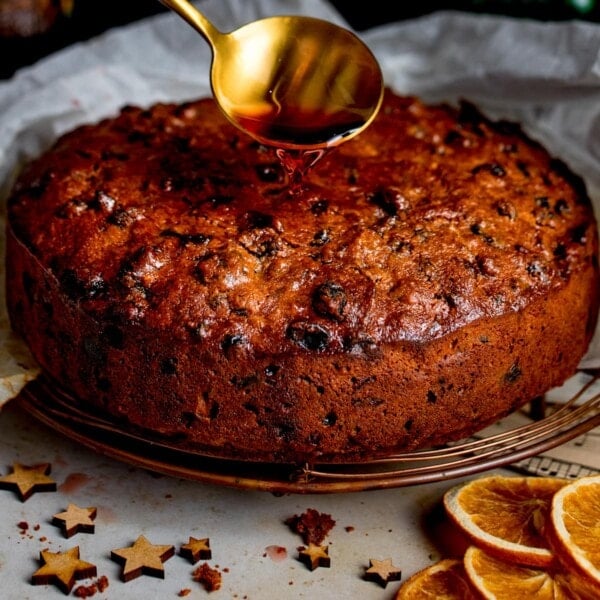
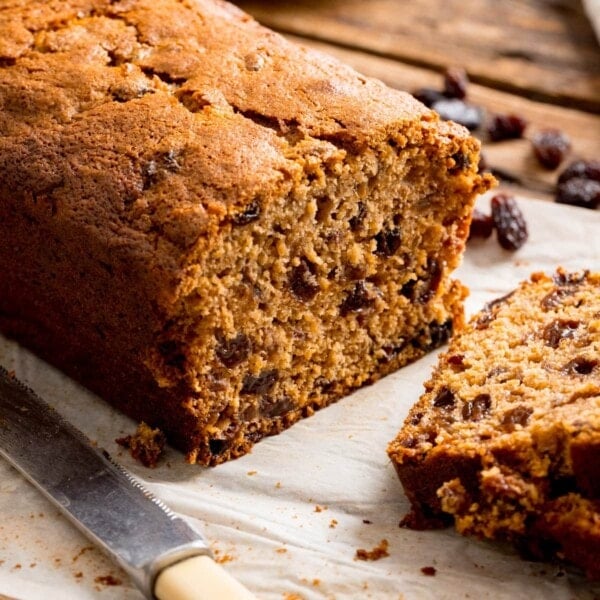
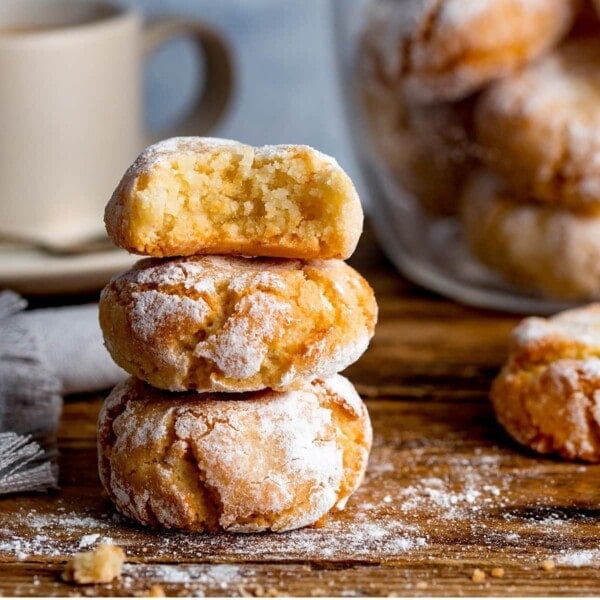
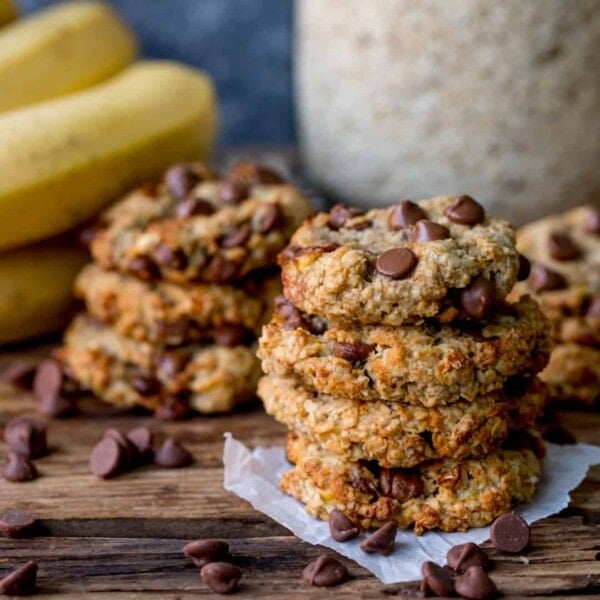
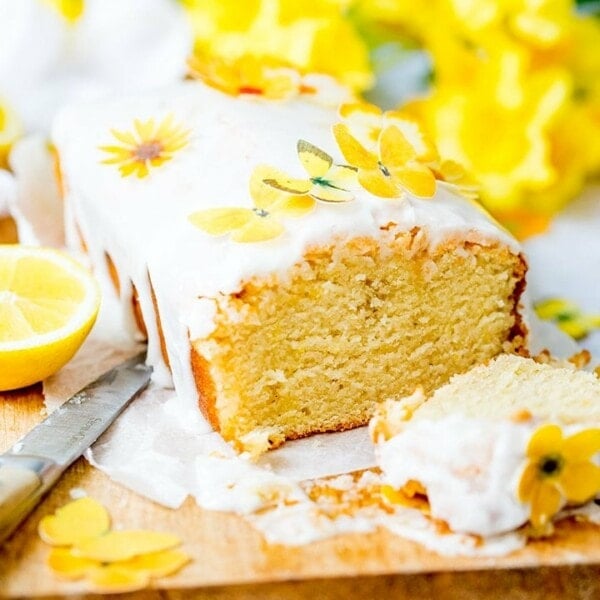
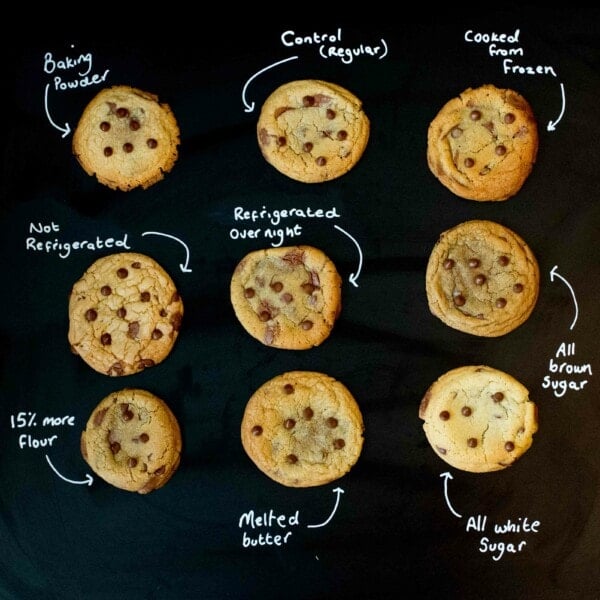
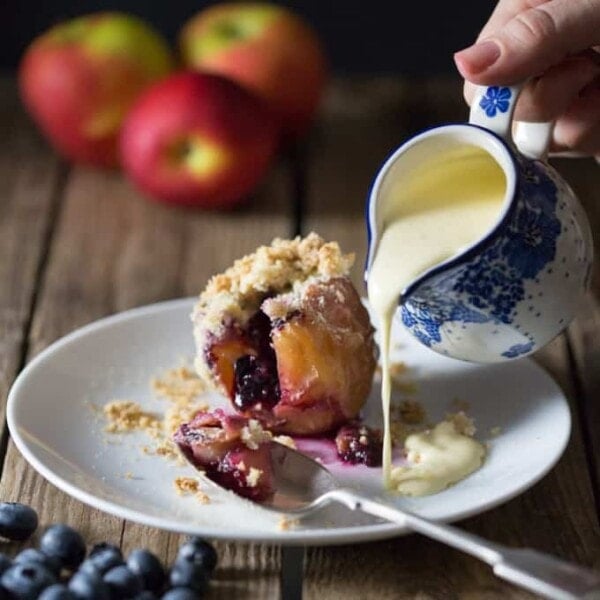
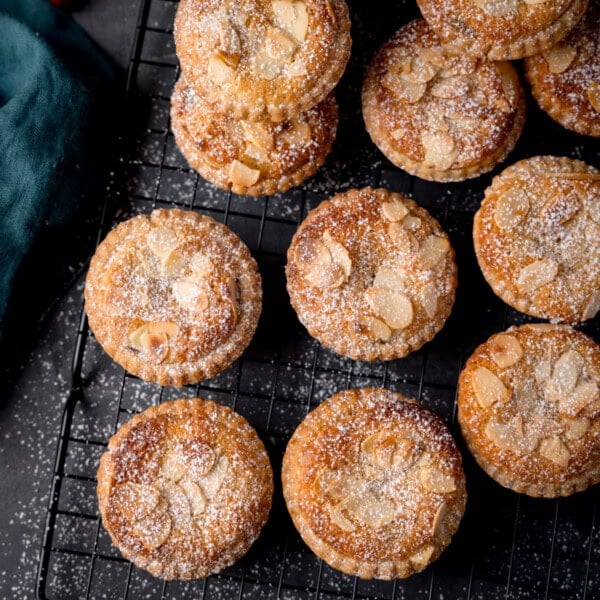







I make variations on these scones a lot, but never the full recipe as I find a third of the ingredients makes ten scones of the size I would want!
Very useful recipe though, easily adapted to include different fruits, flours etc.